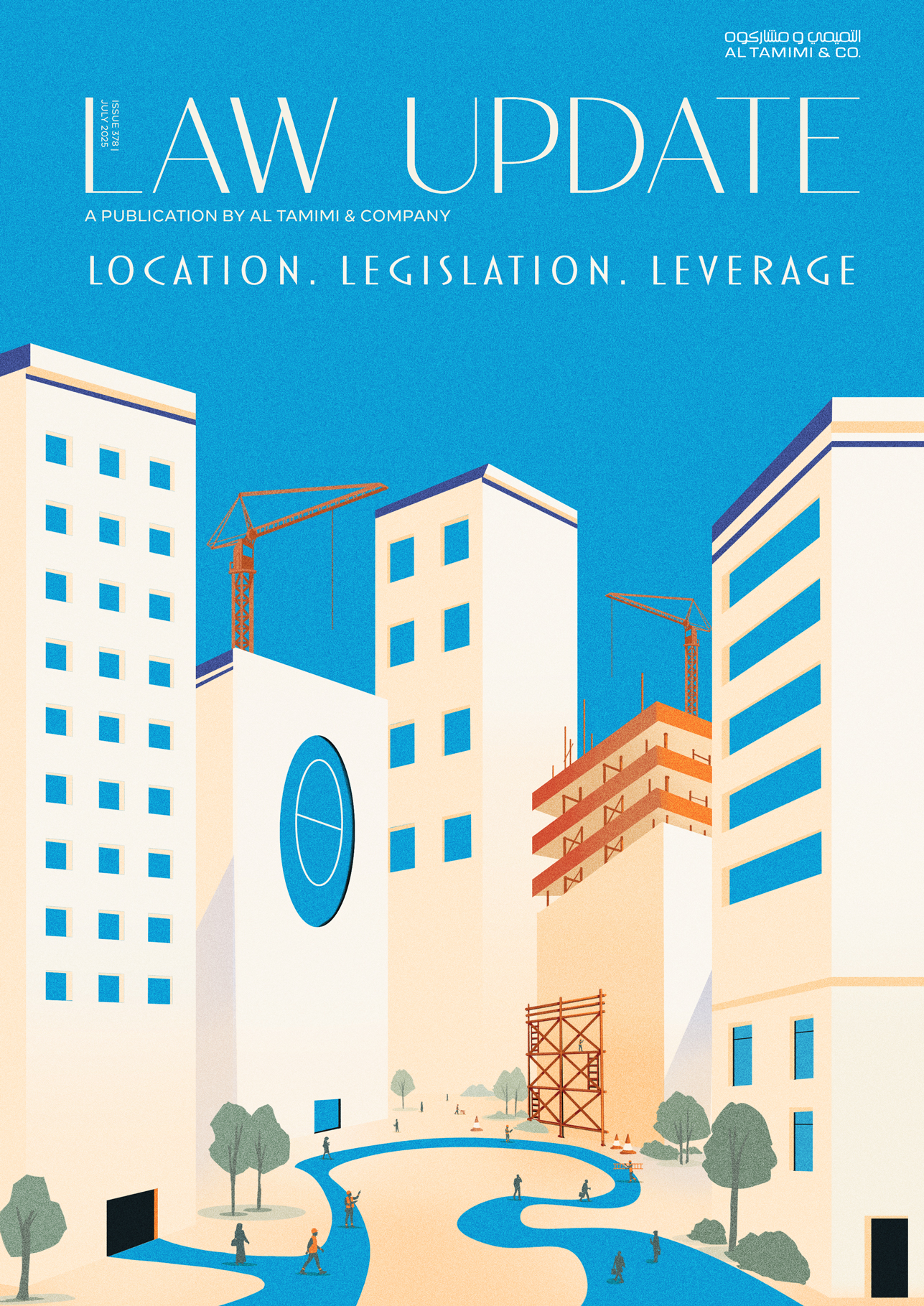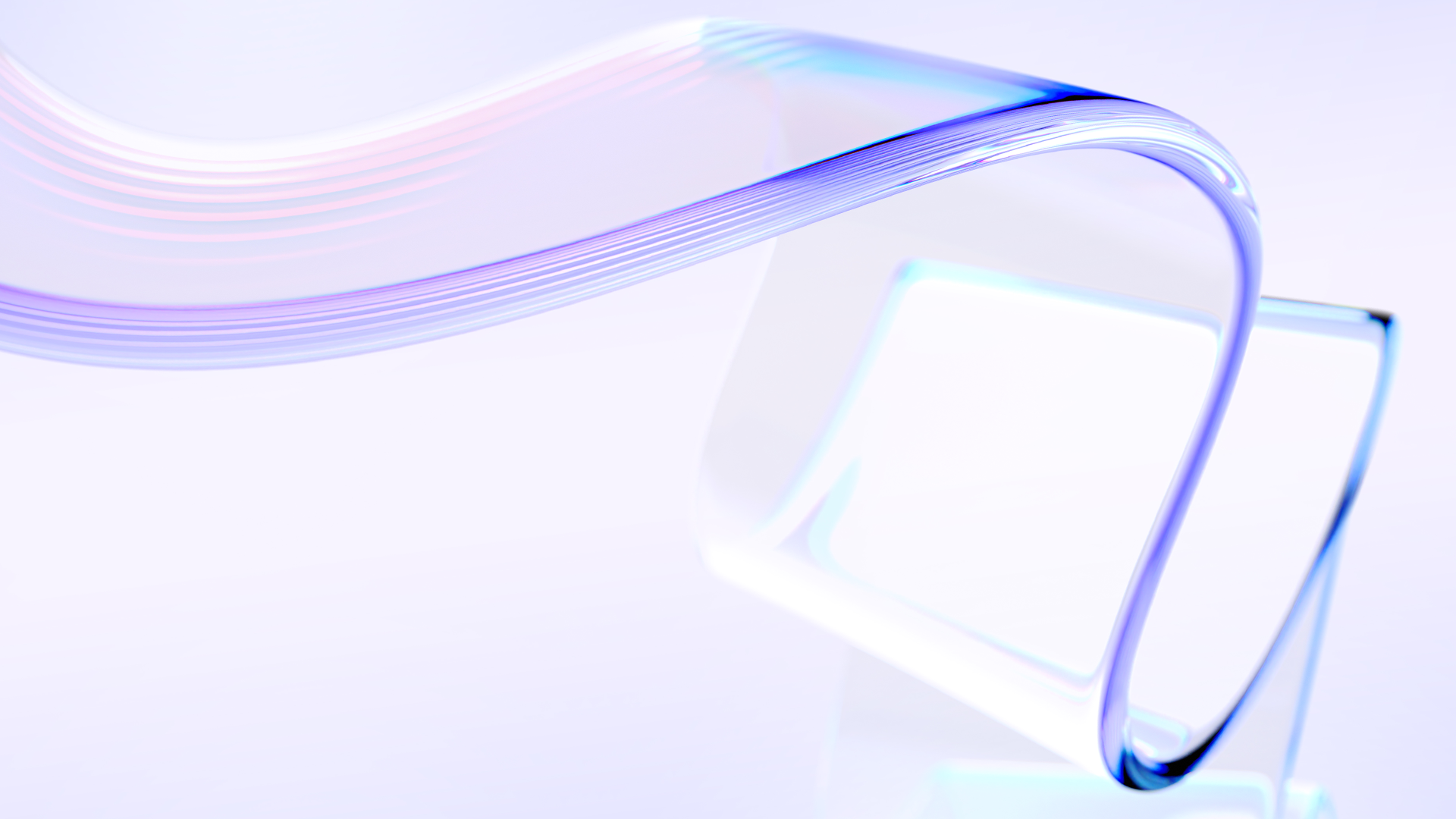- Arbitration
- Banking & Finance
- Capital Markets
- Commercial
- Competition
- Construction & Infrastructure
- Corporate / Mergers & Acquisitions
- Corporate Services
- Corporate Structuring
- Digital & Data
- Dispute Resolution
- Employment & Incentives
- Family Business & Private Wealth
- Innovation, Patents & Industrial Property (3IP)
- Insurance
Find a Lawyer
Book an appointment with us, or search the directory to find the right lawyer for you directly through the app.
Find out more
Real Estate & Construction and Hotels & Leisure
Real estate, construction, and hospitality are at the forefront of transformation across the Middle East – reshaping cities, driving investment, and demanding increasingly sophisticated legal frameworks.
In the June edition of Law Update, we take a closer look at the legal shifts influencing the sector – from Dubai’s new Real Estate Investment Funds Law and major reforms in Qatar, to Bahrain’s push toward digitalisation in property and timeshare regulation. We also explore practical issues around strata, zoning, joint ventures, and hotel management agreements that are critical to navigating today’s market.
As the landscape becomes more complex, understanding the legal dynamics behind these developments is key to making informed, strategic decisions.


2025 is set to be a game-changer for the MENA region, with legal and regulatory shifts from 2024 continuing to reshape its economic landscape. Saudi Arabia, the UAE, Egypt, Iraq, Qatar, and Bahrain are all implementing groundbreaking reforms in sustainable financing, investment laws, labor regulations, and dispute resolution. As the region positions itself for deeper global integration, businesses must adapt to a rapidly evolving legal environment.
Our Eyes on 2025 publication provides essential insights and practical guidance on the key legal updates shaping the year ahead—equipping you with the knowledge to stay ahead in this dynamic market.
The leading law firm in the Middle East & North Africa region.
A complete spectrum of legal services across jurisdictions in the Middle East & North Africa.
-
Practices
- All Practices
- Banking & Finance
- Capital Markets
- Commercial
- Competition
- Construction & Infrastructure
- Corporate / Mergers & Acquisitions
- Corporate Services
- Corporate Structuring
-
Sectors
-
Country Groups
-
Client Solutions
Today's news and tomorrow's trends from around the region.
17 offices across the Middle East & North Africa.
Our Services
 Back
Back
-
Practices
- All Practices
- Banking & Finance
- Capital Markets
- Commercial
- Competition
- Construction & Infrastructure
- Corporate / Mergers & Acquisitions
- Corporate Services
- Corporate Structuring
- Digital & Data
- Dispute Resolution
- Employment & Incentives
- Family Business & Private Wealth
- Innovation, Patents & Industrial Property (3IP)
- Insurance
- Intellectual Property
- Legislative Drafting
- Private Client Services
- Private Equity
- Private Notary
- Projects
- Real Estate
- Regulatory
- Tax
- Turnaround, Restructuring & Insolvency
- Compliance, Investigations and White-Collar Crime
-
Sectors
-
Country Groups
-
Client Solutions
- Law Firm
- /
- Insights
- /
- Law Update
- /
- June 2011
- /
- A Legal Study of the Decision Rendered in Al Ain Appeal No. 53-2011 on 30.03.2011
A Legal Study of the Decision Rendered in Al Ain Appeal No. 53-2011 on 30.03.2011
Mohammed Jamil Ak Bik
June 2011
The decision in question deals with an insurer’s pursuit of its rights of subrogation against the party responsible for damage caused to a vehicle
Briefly, the facts are that an individual had, through ADIB (the financier) purchased a Nissan car which ADIB had in turn purchased from Al Masoud Car Agency under a murabaha contract. The individual insured the vehicle with Al Wathba National Insurance Company.
Nine months following the individual’s purchase, the vehicle caught fire due to an electrical short circuit and was completely destroyed. The insured was paid the value of the vehicle by the insurer who then sued both Al Masaoud Agency and ADIB to recover the value of the vehicle, being AED 168,000 plus Court fees and costs. The action was based on the right of subrogation as prescribed by Article 1030 of the UAE Civil Transactions Code.
The Court of First Instance refused to entertain the action due to the purported lack of capacity to sue on behalf of Al Wathba, the Plaintiff. Similarly, the action was dismissed on appeal on the following grounds:
1- The insurer has a right to pursue a subrogated claim against the party responsible for the damage against payments previously made to its insured pursuant to Article 1030 of the Civil Transactions Code, and to recover such indemnity payments from the party at fault who caused the damage.
2- By dismissing the action, the Court of First Instance exhausts its jurisdiction over the merits and a reversal of its decision places the merits before the Court of Appeal.
3- There is no basis for entertaining the plea that the claim is time barred under Article 555 of the Civil Transactions Code since the claim seeks recovery of the amount paid to the insured.
4- An existing defect within the meaning of Article 547 of the Civil Transactions Code is a defect which is present when the goods are delivered to the buyer or a defect that can be traced to an old problem that occurs or appears after the sale.
5- Plaintiff (insurer) has not produced any proof of the defect which caused the electrical short circuit that ignited the vehicle fire – whether it was a pre-existing defect in the vehicle that was introduced during manufacture or a defect that existed prior to purchase.
6- A defect existing in the sold item prior to sale cannot be assumed and must be proved. Plaintiff (insurer) has not proven that the defect is a manufacturing defect or had existed in the vehicle prior to the sale. The seller cannot therefore be held liable for its value.
Opinion:
Subrogation commonly arises in relation to motor vehicle purchase contracts and policies of insurance.
Spontaneous accidents involving vehicles, machinery etc. are common types of claims.
Therefore, the Al Ain Court, which is part of the Abu Dhabi Judicial Department, has laid down important principles which burden the plaintiff with the onus of proving a pre-existing defect as follows:
1- That the vehicle suffered loss caused by fire due to a defect therein
2- That the defect is a pre-existing defect introduced during manufacture or existing in the vehicle prior to purchase
3- And the onus of proving a pre-existing defect is on Plaintiff whether the vehicle owner or the subrogee.
Stay updated
To learn more about our services and get the latest legal insights from across the Middle East and North Africa region, click on the link below.


